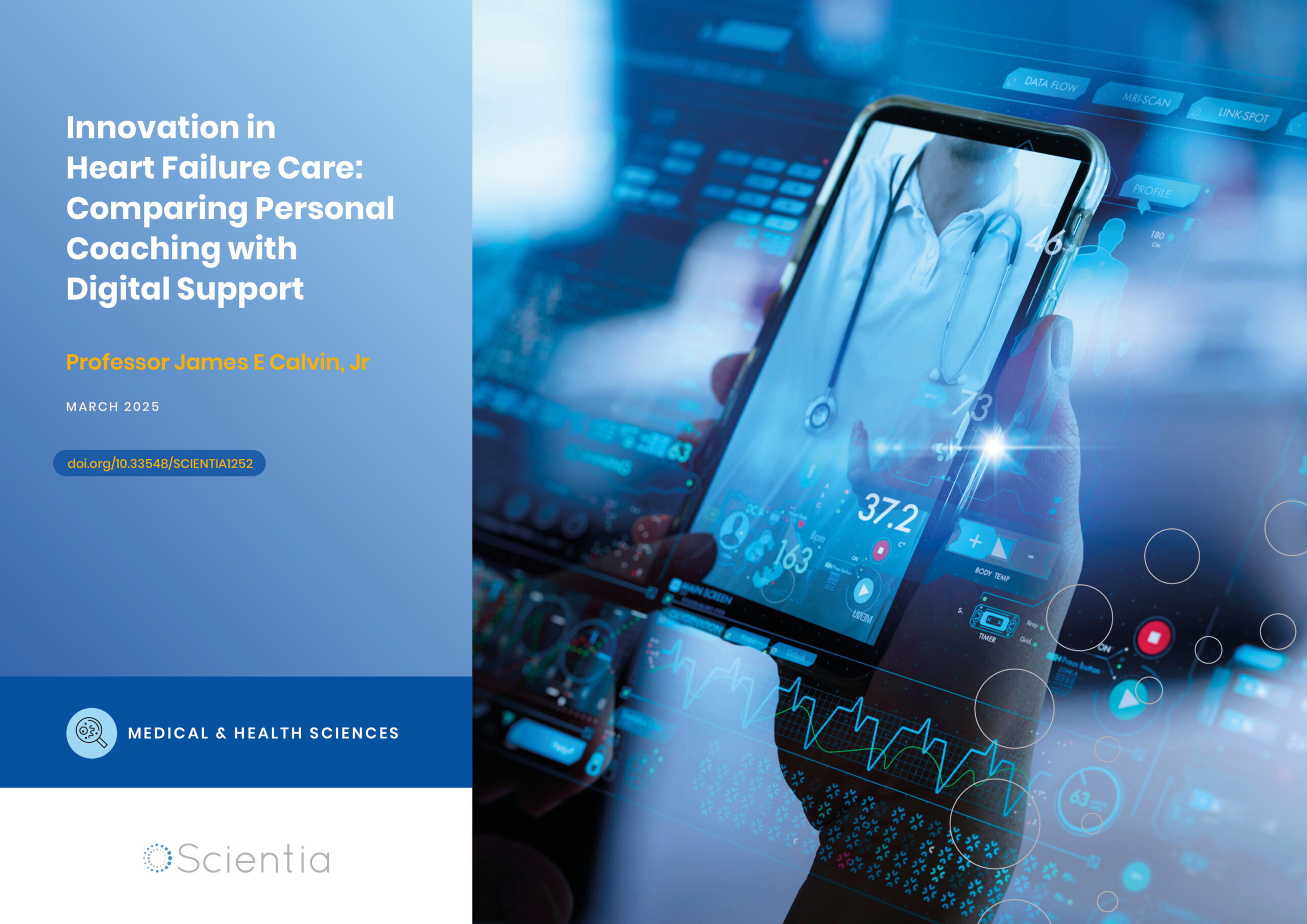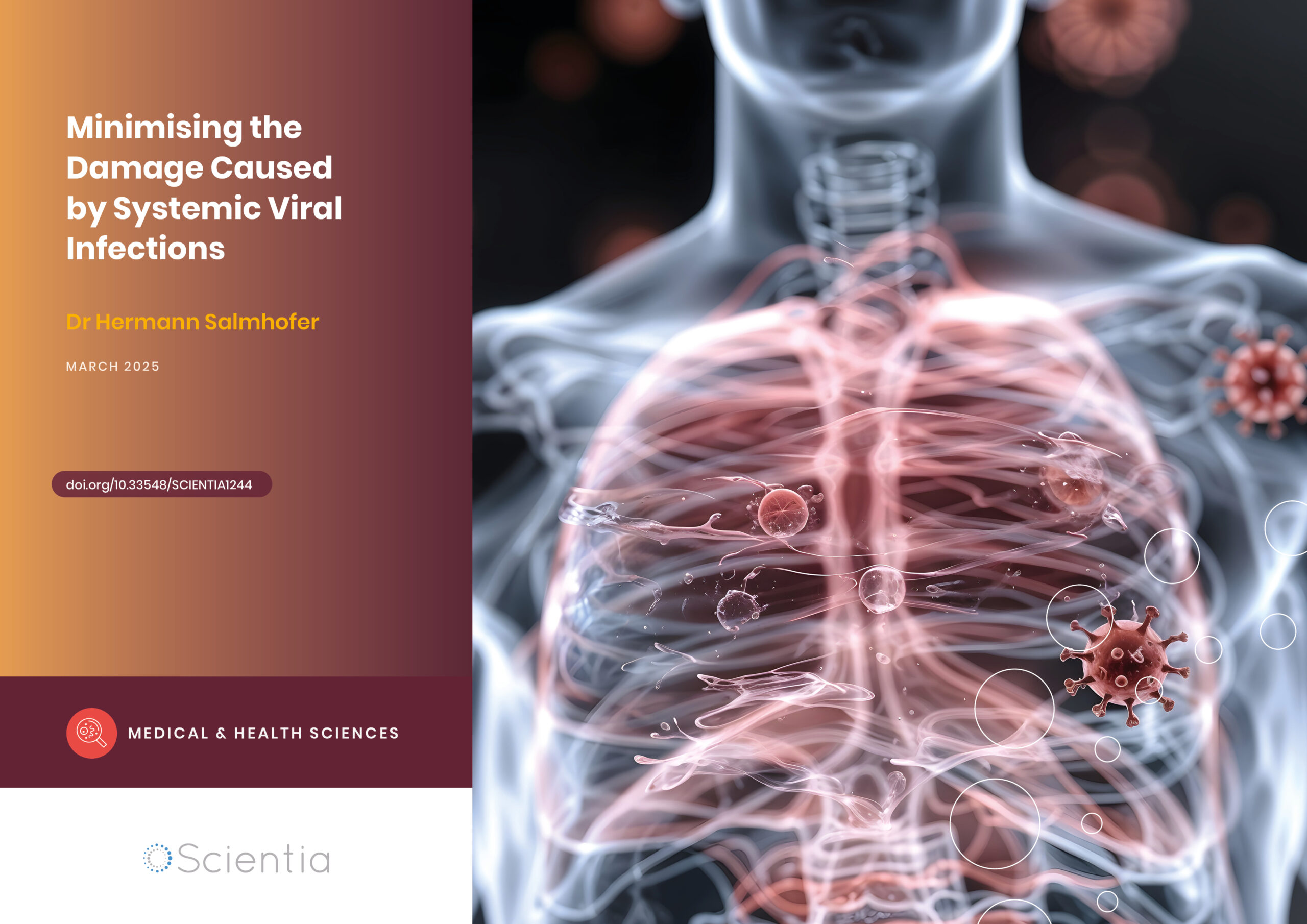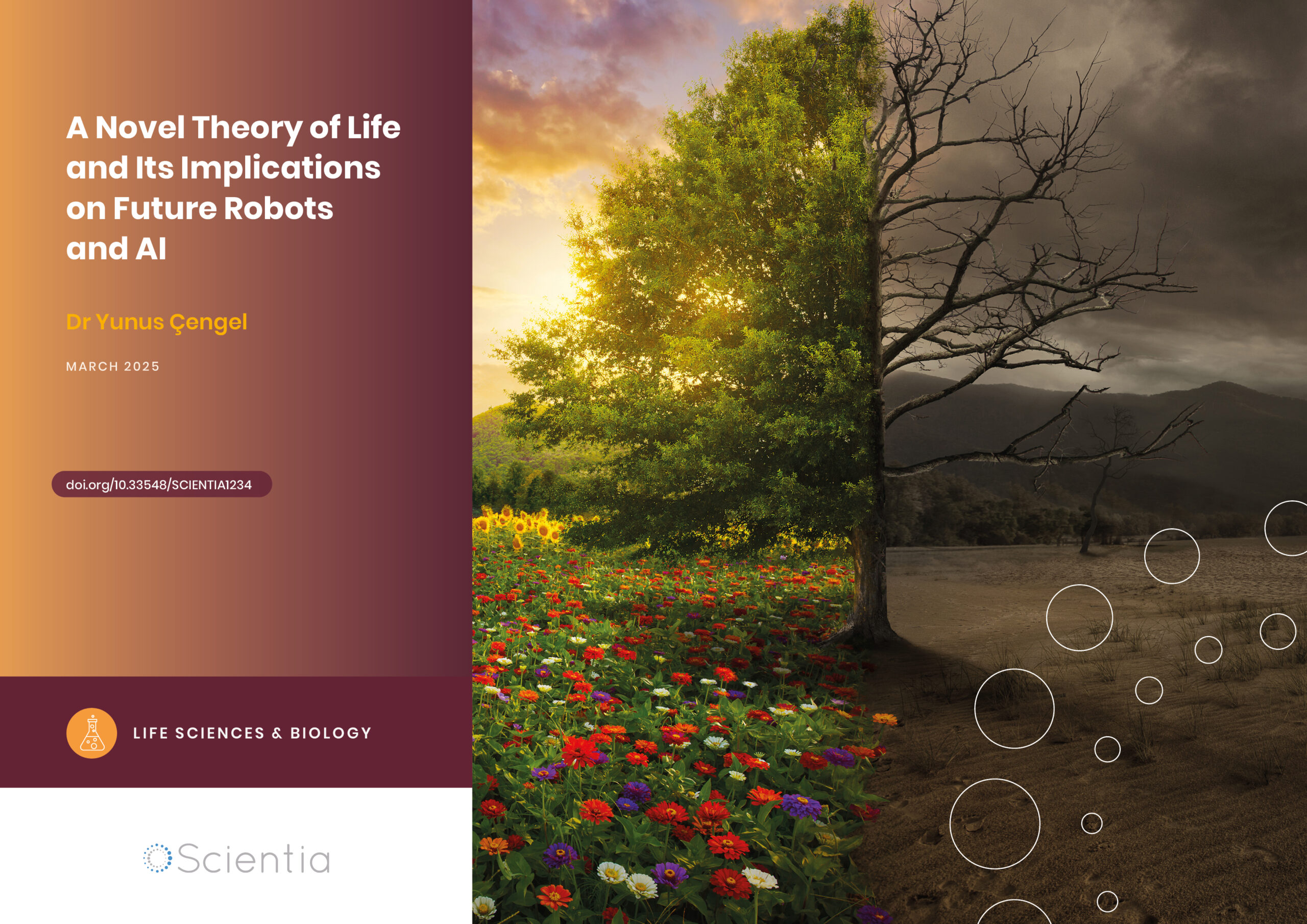ANAM2019: Showcasing Nanoscience & Fostering International Collaboration
The field of nanomaterials has exploded in recent years, and perhaps the main pillar of its success has been a close collaboration between institutions and research groups across the globe. In September 2019, Dr Habil Souren Grigorian at the University of Siegen, Professor Ishkhan Vardanyan at Yerevan State University and their colleagues organised an event that showcased Armenia’s growing interest in this area of research. Following a week of activities widely praised by its participants, the Advanced Nanomaterials and Methods (ANAM) 2019 International Workshop and Young Scientist School promises to spark further innovation in nanomaterials research in Armenia and the surrounding regions.

Facilitating Knowledge Exchange
Within a field as diverse and complex as nanoscience, new advances are far more likely to be made through exchanges of knowledge between researchers from widely varying backgrounds. With this in mind, Dr Souren Grigorian of the University of Siegen, Professor Ishkhan Vardanyan of Yerevan State University and their collaborators set out to extend this network within Armenia and facilitate opportunities for nanomaterials research, which is currently spearheaded by Yerevan State University (YSU).
On September 25th, 2019, YSU’s Departments of Molecular Physics and Solid State Physics opened ANAM2019, hosting a diverse array of nanomaterials researchers across the globe.
‘ANAM2019 aimed to bring together leading scientists and researchers from different fields of nanomaterials and nanocomposites, as well as their characterisation methods on various scales,’ describes Dr Grigorian. ‘Our aim was to create new scientific links in this novel and fast-developing field in Armenia and the neighbouring countries of the region. The multidisciplinarity of ANAM2019 brought together experts and scientists from nanotechnology and nanoscience, with backgrounds in complementary fields: chemistry, physics, biology, medicine and material science.’ The announcement of ANAM2019 received strong interest from the scientific community, with over 100 participants from more than 12 countries – ranging from USA to Singapore.
To strengthen these links further, and to inspire future innovations, the event also served to connect world-renowned researchers with promising students in the field. ‘Many students and young scientists had the possibility not only to attend lectures, but also to have direct contact with these invited world-renowed speakers,’ Dr Grigorian continues. ‘We have received a lot of positive feedback concerning the ANAM2019 events from experts, as well as from students.’
This sentiment was shared by four particular participants with widely varying backgrounds – from a Masters’ student just starting out in the field, to experimentalists with decades of experience. Next, we’ll discuss the research of these four individuals and highlight their experiences of ANAM2019.
Understanding Biology with Nanotechnology
Dr Sergio Moya is a group leader at CIC biomaGUNE – a non-profit research organisation based in San Sebastian in Spain. His group is dedicated to using nanotechnology to understanding biological systems on microscopic scales.
At ANAM2019, Dr Moya presented a study on biomaGUNE’s latest research into ‘polyelectrolytes’ – polymer nanoparticles hosting repetitive chains of charges. His study explored the numerous advantages of these structures, including their ease of synthesis and assembly, their strong responses to their surrounding environments, and their suitability for hybrid materials and coatings. Later, Dr Moya gave a talk detailing the urgent need for a deeper understanding of the impacts of engineered nanotechnologies on human health – both through nanomedicines, and through accidental exposure.
Dr Moya praises the social aspects of ANAM2019, which allowed him to interact with researchers he has known and worked with throughout his long career, while at the same time, gaining new perspectives.
‘For me, ANAM2019 was an interesting opportunity to meet old and new friends, while discussing science at a high level,’ he recalls. ‘I had great fun during the meeting and enjoyed the varied topics presented. From the perspective of the Armenian students, both graduate and undergraduate, it was very useful to be exposed to different scientific topics and scientists from all over the world in a very relaxed and friendly environment.’
‘The multidisciplinarity of ANAM2019 brought together experts and scientists from nanotechnology and nanoscience, with backgrounds in complementary fields: chemistry, physics, biology, medicine and material science.’

Nanomaterials for Advanced Technologies
As an Associate Professor at the Sapienza University of Rome, Professor Ilaria Fratoddi aims to develop new nanomaterials for advanced technological applications, including sensors, nanomedicines and biotechnologies. Her methods for producing these materials including chemical synthesis, and structural and functional studies of existing nanomaterials.
At ANAM2019, Professor Fratoddi presented a study on how the properties of nanoparticles can be fine-tuned by controlling their size, shape, composition, order, and structure. She also gave a talk on the versatile and controllable optical properties of nanoparticles synthesised using corrosion-resistant metals, for applications including catalysis and energy conversion.
Like Dr Moya, Professor Fratoddi also relished the social aspects of the event, and was particularly impressed by the scope of scientific topics that were covered within the wider field of nanomaterials.
‘ANAM2019 was a really interesting and well-organised opportunity to share scientific results in a friendly context,’ she describes. ‘The organisation was excellent, and the choice of speakers covered different scientific fields. This gave a real multidisciplinary approach to material science, and at the same time, was an informal and open-minded opportunity.’
Even with her years of experience in the field, Professor Fratoddi felt that the interactions facilitated by the events presented her with fresh new ideas for her research. ‘The school and meeting gave me the chance to look at high-level research by scientists from different backgrounds,’ she continues. ‘I enjoyed listening to the very recent scientific results of colleagues, and on occasion, to find new connections and to improve or start new collaborations.’
Supporting Students
Perhaps the one aspect of ANAM2019 most celebrated by its participants was the open inclusion of students, just starting out in their careers in nanomaterials. ‘One of the things I appreciated was the contributions from young students, who presented their first results and had the chance to compare their results with those of other scientists,’ Professor Fratoddi adds. ‘The warm hospitality and the attention to every detail made this meeting one of the best in my experience.’
One such participant was Varazdat Stepanyan, a Masters’ student at YSU, who alongside Dr Moya, Professor Fratoddi and their distinguished colleagues, presented a study regarding interactions between polyelectrolytes. In the talk, he highlighted how calculations of these interactions can be made more accurate through particular mathematical approaches.
Stepanyan and his peers particularly benefitted from the Young Scientist School aspect of the event, which ran alongside the main workshop. Through both academic and social events, the school enabled prospective nanomaterials researchers to forge relationships, which would prove invaluable in helping them to break into the field.
‘As a student participating in ANAM2019 I can say that it was a wonderful experience,’ Stepanyan expresses. ‘The school was very useful as we had the opportunity to both attend lectures and give short speeches about our research. Not only was the scientific part of the school and workshop organised very well, but the entertainment activities were also excellent, which helped the younger participants form a connection with the elder participants.’

Diverse Topics, Common Methodology
Also attending YSU as a PhD student, Arevik Asatryan joined Professor Fratoddi in praising the diverse variety of research areas presented at ANAM2019. ‘Participation in both school and workshop was an incredible experience for me,’ she says. ‘I got the opportunity to learn from scientists from all over the world, who work in various fields: from solid state physics to biophysics and physical chemistry. The topics varied from physical methods of investigations to pure biological research. Despite the diversity of the topics, the methodology used was common.’
As part of the workshop, Asatryan and her colleagues presented three of their recent studies – two of them detailing how biological polymers transition from states of order, to states of disorder. This involved calculating the free energy of polymer nanoparticles, derived from multiple different monomers, using new techniques. In turn, other parameters of these nanoparticles could be calculated afterwards. In addition, Asatryan reported new insights into the properties of quantum wires, which are so thin that the ways in which they conduct electricity are influenced by quantum effects.
Asatryan describes how ANAM2019 allowed her to promote her achievements among established researchers, while finding answers to pressing issues which had been holding back her research. ‘I was able to find answers to questions not only from my field but also from other fields,’ she continues. ‘Moreover, I found out about another experimental method for structural investigations of macromolecules, which may help us in the future in order to compare the results. I also made some connections with the professors whose research topics and specific investigations were very interesting for me. This may even lead to future collaboration.’
Inspiring Future Innovation
ANAM2019 concluded on October 2nd following a week of presentations and workshops, but its impact will almost certainly be felt within the wider field of nanomaterials well into the future. As Dr Habil Grigorian concludes, the widespread consensus among participants was that the event was a resounding success.
‘We expect that with a strong contribution of international experts and leading scientists, ANAM2019 will have served as a platform for networking,’ he says. ‘It has also initiated joint research projects, which could help to facilitate the development of young scientists, and to influence their future research.’
ANAM2019 now places Armenia among the diverse nations making significant contributions to nanomaterials research, strengthening the prospects for this exciting field even further.
Reference
https://doi.org/10.33548/SCIENTIA467
Meet the researchers

Dr Habil Souren A Grigorian
Soft Matter Physics Group
University of Siegen
Siegen
Germany
Dr Habil Souren Grigorian completed his PhD in Physics at the Institute of Crystallography, Russian Academy of Sciences in Moscow in 2000. He has since held a variety of research positions at institutions across Europe and became head of the Soft Matter Physics Group at the University of Siegen in 2010. For his work in developing a novel concept for in-situ studies, he was awarded his French Habilitation in the chemistry of materials at the Université de Haute-Alsace, Mulhouse-Colmar-Strasbourg in 2015. As an internationally recognised researcher, he was offered the role of invited professorship at Aix-Marseille University, France, in 2016 and has also been a visiting professor at Sapienza University of Rome, Italy in 2018. Among his research interests are advanced x-ray techniques for investigating multifunctional soft materials, in-situ studies of working organic devices, direct correlation of microstructures and optoelectronic properties, and flexible organic electronics. Outside of his research, Dr Habil Grigorian has actively participated in teaching on an international level, and has coordinated the Volkswagen Foundation’s grants for the International Symposium and Young Scientist School over several years.
CONTACT
E: grigorian@physik.uni-siegen.de

Professor Ishkhan V Vardanyan
Scientific Policy Department
Yerevan State University
Yerevan
Armenia
Professor Vardanyan completed his PhD in Molecular Physics at Yerevan State University in 2012. He has since worked in the university’s Department of Molecular Physics as assistant professor, and has worked as an invited researcher many times at institutions including Leipzig University in Germany, and CIC BiomaGUNE in Spain. His main research interests include the thermostability and conformation of biopolymers under different conditions and the interaction of biopolymers with different ligands, as well as nanoparticle diffusion. Alongside his research, Professor Vardanyan has been heavily involved in a variety of young scientist support programmes, and also became the Head of Yerevan State’s Scientific Policy Department in 2017.
CONTACT
W: www.ysu.am
ANAM2019 ORGANISING COMMITTEE
Yeva Dalyan, Yerevan State University
Ishkhan Vardanyan, Yerevan State University
Souren Grigorian, University of Siegen
Albert Kirakosyan, Yerevan State University
Arshak Vartanian, Yerevan State University
ORGANISING AGENCIES
University of Siegen
Yerevan State University
Armenian Scientific Union
FUNDING
Volkswagen Foundation
Ministry of Education, Science, Culture and Sport of RA
Yerevan State University



Creative Commons Licence
(CC BY 4.0)
This work is licensed under a Creative Commons Attribution 4.0 International License. 
What does this mean?
Share: You can copy and redistribute the material in any medium or format
Adapt: You can change, and build upon the material for any purpose, even commercially.
Credit: You must give appropriate credit, provide a link to the license, and indicate if changes were made.
More articles you may like
Professor James Calvin | Innovation in Heart Failure Care: Comparing Personal Coaching with Digital Support
Heart failure remains one of the most challenging conditions facing healthcare systems today, with hundreds of thousands of new cases diagnosed annually. Professor James Calvin from Western University’s Schulich School of Medicine and Dentistry has led groundbreaking research comparing two innovative approaches to supporting patients: personal health coaches and smartphone reminders. His team’s findings suggest that combining human support with digital technology could transform how we help patients manage this complex condition.
Dr Hermann Salmhofer | Minimising the Damage Caused by Systemic Viral Infections
The mechanisms via which viral diseases infect and progress within the human body have become the subject of intense scrutiny since the emergence of the serious respiratory condition COVID-19, although many other viruses remain woefully under-researched. Recently, Dr Hermann Salmhofer and colleagues at the Paracelsus Medical University in Salzburg, Austria, have described the successful treatment of a harmful systemic virus affecting the kidneys, and suggest a possible new treatment target to mitigate the progression of the disease and prevent the development of permanent organ damage. Their findings, combined with broader research on viral infections, highlight the critical importance of both preventive measures and targeted treatments in managing viral diseases.
Revealing the Intricate Links Between Metabolism and Reproduction
The brain plays a vital role in controlling reproductive functions. It helps to maintain a delicate balance of hormones, all of which can be affected by the metabolism. Investigating the impact of the metabolism on reproductive development and function is critical to a better understanding of health and diseases. Professor Carol Fuzeti Elias and Dr Cristina Sáenz de Miera Patín from the University of Michigan in the USA, carry out groundbreaking research in neuroscience, exploring the molecular and neural mechanisms at play.
Dr Yunus Çengel | A Novel Theory of Life and Its Implications on Future Robots and AI
Despite our increasing scientific understanding of biological processes, the fundamental nature of life itself remains one of science’s most profound mysteries. While we can easily recognise living things, defining precisely what makes something ‘alive’ has proven remarkably challenging. Dr Yunus Çengel from the University of Nevada is pioneering a radical new way of thinking about life – not as an emergent property that arises from complex chemical systems and passively qualifies matter, but as an ‘agency’ that actively controls and governs matter, much like the laws and forces of physics that govern the physical world as the ‘agency of physics’.




